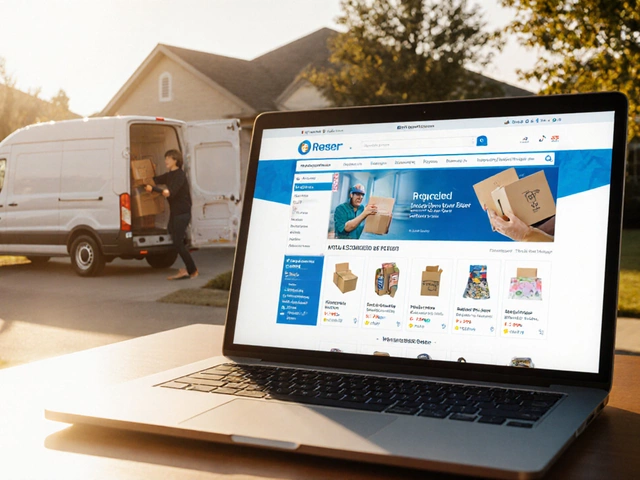UPS Shipping Costs: What You Pay & How to Lower It
Ever wondered why two UPS boxes of the same weight can cost different amounts? The answer lies in a mix of distance, service level, size, and extra fees. Knowing what drives the price helps you avoid surprise charges and keep your budget in check.
How UPS Calculates Your Bill
UPS uses a straightforward formula: Base Rate + Weight Surcharge + Dimensional Weight + Distance + Optional Services. The base rate starts with the service you choose – Ground, 2nd Day Air, Overnight, etc. Each service has its own price table.
Weight matters, but so does size. If your package is bulky, UPS applies a dimensional (dim) weight, which is calculated by multiplying length, width, and height, then dividing by a factor (usually 139 for domestic shipments). Whichever is higher – actual weight or dim weight – becomes the billable weight.
Distance is measured in zones. Shipping from London to Manchester falls in a lower zone than a London‑to‑Edinburgh shipment, so the farther the haul, the higher the cost.
There are also common surcharges: residential delivery, Saturday pickup, fuel surcharge (adjusted monthly), and insurance if you need coverage above the free limit. For example, sending a 5 lb package via UPS Ground from Birmingham to Bristol might cost around £9, but adding a Saturday pickup could push it to £11.
Special services like signature confirmation, declared value, or customs paperwork for international moves add extra fees. Knowing which ones you truly need can shave dollars off the bill.
Tips to Cut UPS Shipping Expenses
1. Use the right service. If your driver can wait a day or two, UPS Ground is usually the cheapest. Reserve overnight only for urgent parcels.
2. Pack efficiently. Reduce the package dimensions to keep the dim weight low. A tight‑fit box or a flatter envelope can save you up to 30% on a heavy‑looking shipment.
3. Compare rates. UPS offers a free online rate calculator. Plug in weight, size, and zip codes to see the exact cost before you label anything.
4. Bundle shipments. Sending multiple items in a single box often costs less than shipping each piece separately. Just make sure the combined weight stays under the next pricing tier.
5. Leverage business discounts. Companies that ship regularly can qualify for UPS® Discounts. Register your account, track your volume, and negotiate better rates.
6. Avoid unnecessary add‑ons. Residential surcharge applies only if the destination is a home. If you can drop the package at a UPS Access Point, you might skip that fee.
Finally, keep an eye on fuel surcharge updates. UPS publishes the current percentage on its website, and a sudden rise can affect all your shipments. By checking the latest rate before you ship, you stay ahead of the cost curve.
Understanding these variables turns UPS shipping from a mystery into a predictable expense. Use the tips above, run the rate calculator, and you’ll see your shipping budget improve without compromising service quality.
January 18, 2025
Evelyn Wescott
0 Comments
Navigating international shipping costs can be daunting, especially when choosing between carriers like UPS and USPS for a 20 lb package. This article delves into different aspects affecting the costs, such as shipment destination, delivery speed, and additional services offered by each carrier. It also offers practical tips to ensure efficient and cost-effective shipping. With insights from real-world scenarios, this piece aims to make international shipping less overwhelming.




